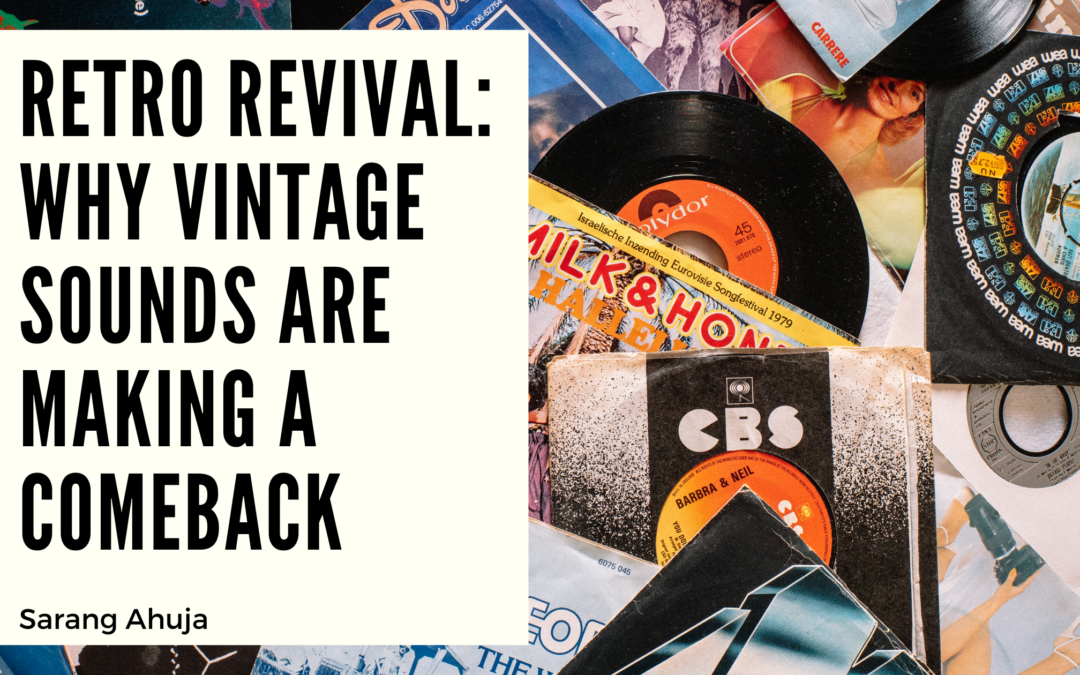The resurgence of vintage sounds in modern music is a phenomenon that continues to captivate listeners worldwide. From vinyl records to old-school synthesizers and analog production techniques, many artists are returning to the roots of musical expression, blending the past with the present to create fresh yet familiar sounds. This revival of retro music speaks to a deep cultural nostalgia, a desire for authenticity in an age dominated by digital and overly processed music.
One of the primary reasons vintage sounds are making a comeback is the timelessness of classic music. The sounds of the ‘60s, ‘70s, and ‘80s, from rock ‘n’ roll and disco to soul and early hip-hop, have remained influential. These decades produced iconic melodies and rhythms that resonate with new generations. Artists today often draw on these styles, using them as a foundation to build something new, while paying homage to the originals. This blending of old and new has given rise to entire subgenres, such as neo-soul and synthwave, that reimagine classic styles in modern contexts.
Another factor in this resurgence is the warm, organic feel of vintage sound. In contrast to the polished, often clinical sound of digital production, analog recording equipment offers depth and character. Instruments like electric guitars, tape delays, and old synthesizers produce a texture and richness that many listeners find more appealing than today’s high-definition sound. For some, this raw quality speaks to a sense of authenticity, making music feel more “real” and emotionally resonant. The imperfections, tape hiss, and slight fluctuations in pitch that analog equipment can bring create a charm that digital music sometimes lacks.
The popularity of vinyl records is another key contributor to the revival of retro sounds. Vinyl offers a tactile and intimate listening experience that streaming services cannot replicate. As vinyl sales continue to climb, especially among younger listeners, there’s a growing appreciation for the artistry and craftsmanship involved in creating physical albums. Along with the vinyl revival, old-school recording techniques, such as using live instruments or minimal post-production, have found new relevance in an age of overproduction.
Moreover, cultural shifts play a role in this trend. The rise of social media has allowed people to discover and share their favorite artists and sounds from the past, contributing to the circulation of retro styles. Popular media, including movies and TV shows like Stranger Things, have also tapped into the retro aesthetic, fueling the interest in vintage music.
Ultimately, the return of vintage sounds reflects a broader desire to reconnect with the past and create something meaningful in the present. Artists are increasingly looking backward, not out of a lack of creativity, but to bring timeless qualities into modern music. Whether it’s the warmth of analog recordings or the timeless energy of old-school genres, vintage sounds are more than just a trend—they are a lasting testament to the enduring power of music from the past.

